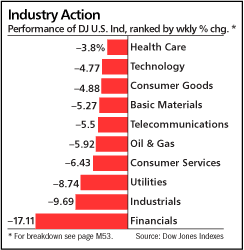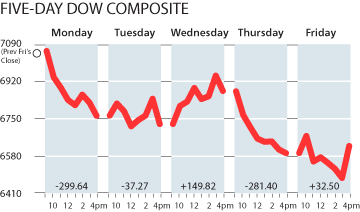WASHINGTON (Reuters) - U.S. consumer credit expanded at the fastest rate in seven months in June as Americans turned to credit cards and consumer loans to maintain spending in the face of rising food and energy costs, a government report on Thursday showed.
June consumer credit rose $14.33 billion, or at a 6.7 percent annual rate, to $2.586 trillion, the Federal Reserve said. Analysts polled by Reuters were expecting a $6 billion rise.
May was revised to a $8.05 billion increase from an originally reported $7.78 billion rise.
Consumers fuel two-thirds of national economic activity through their purchases of goods and services, so analysts closely monitor their credit habits for indications about the underlying strength of consumer demand.
However, economists say that consumers are not feeling good about the economy right now as they are being pinched by high energy prices and could be putting more gasoline costs on to credit cards to cope with the high prices in June.
"It could be they felt they could afford to use their credit cards in June because of the tax rebate checks," said Gary Thayer, senior economist for Wachovia Securities in St. Louis.
"We will be watching the credit numbers in the next month or two to see if that is what they were doing," Thayer said. The U.S. Treasury Department said it sent out 112.4 million stimulus payments, injecting $91 billion into the U.S. economy.
According to government data, the tax rebate checks failed to give a better boost to retail sales June and that much of that appears to have been reflected in May's gains.
Revolving credit, made up of credit and charge cards, increased $5.49 billion, or a 6.8 percent rate, to $968.35 billion in June. This compares to a May increase of $6.07 billion, or 7.61 percent.
Non-revolving credit, which includes closed-end loans for big-ticket items like cars, boats, college educations and holidays, rose $8.84 billion, or a 6.6 percent rate, to $1.618 trillion. This compares to a May increase of $1.98 billion, or 1.48 percent.
Why Do Investors Care? Growth in consumer credit can hold positive or negative implications for the economy and markets. Economic activity is stimulated when consumers borrow within their means to buy cars and other major purchases. On the other hand, if consumers pile up too much debt relative to their income levels, they may have to stop spending on new goods and services just to pay off old debts. That could put a big dent in economic growth.
The demand for credit also has a direct bearing on interest rates. If the demand to borrow money exceeds the supply of willing lenders, interest rates rise. If credit demand falls and many willing lenders are fighting for customers, they may offer lower interest rates to attract business.
Financial market players focus less attention on this indicator because it is reported with a long lag relative to other consumer information. Long term investors who do pay attention to this report will have a greater understanding of consumer spending ability. This will give them a lead on investment alternatives.
Subscribe to:
Post Comments (Atom)



No comments:
Post a Comment